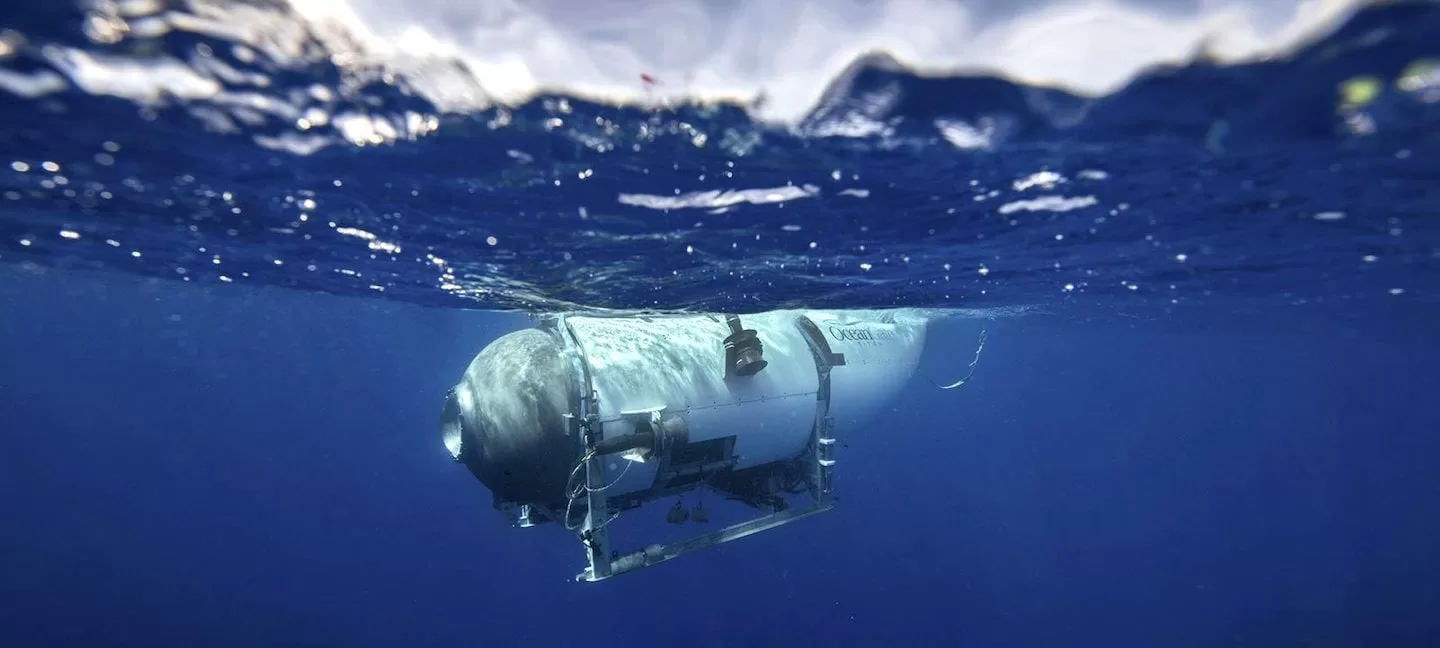
Deep dive into the ocean of the IT Risk Management
The recent tragic incident involving the submersible during the deep dive into the Titanic wreck highlights the critical importance of risk management, risk appetite, and risk acceptance.
By examining this event and drawing parallels to an IT project, we can gain valuable insights into how Project Owners assess risks and make decisions based on their risk appetite.
In the case of the ill-fated submersible, the explorers took a significant risk by diving with a vessel that had not undergone extensive testing. Similarly, when implementing an IT system, the Project Owner must assess the risks associated with a delivered system that may need to be thoroughly vetted. In both instances, the decision-makers are tasked with carefully evaluating potential consequences and making informed choices regarding risk management.
Effective risk management in project management involves identifying, analysing, and mitigating potential risks to ensure project success. The tragedy surrounding the submersible raises concerns about the design and maintenance of the craft. Similarly, in an IT project, risks may include system compatibility issues, security vulnerabilities, or inadequate user training. These risks can be evaluated through comprehensive risk assessments, and appropriate mitigation strategies can be implemented.
Risk appetite refers to an organisation’s willingness to accept risks to pursue project objectives. The explorers’ decision to proceed with the deep dive, even though concerns about the submersible’s safety, demonstrate a higher risk appetite for their adventurous endeavour. Similarly, in an IT project, an organisation may have a higher risk appetite when implementing cutting-edge technologies or innovative solutions that have the potential to transform its business processes. However, it is crucial to align risk appetite with the project’s strategic goals to avoid excessive risk-taking that could jeopardize project success.
Risk acceptance is a vital aspect of risk management and project execution. The submersible explorers accepted the risks associated with a vessel that had raised red flags, acknowledging the dangers. Likewise, in an IT project, there may be situations where certain risks cannot be entirely eliminated or where the cost of mitigation outweighs the potential consequences. In such cases, a conscious decision to accept a certain level of risk may be made, provided it aligns with the established risk appetite and is based on a thorough evaluation of potential outcomes.
The tragic event serves as a reminder that assessing risks is crucial in both deep-sea exploration and IT projects. It emphasises the need for comprehensive risk evaluations, prompt resolution of red flags, and transparent communication about potential risks and concerns throughout the project lifecycle.
By integrating effective risk management practices, clearly defining risk appetite, and making informed decisions regarding risk acceptance, project owners can enhance project outcomes and safeguard the interests of all stakeholders. Whether venturing into uncharted territories or implementing new IT systems, the lessons learned from tragic events underscore the significance of diligent risk assessment and mitigation to ensure project success and safety for all involved.
